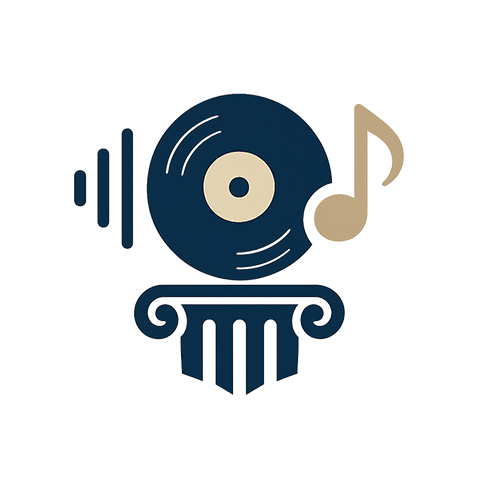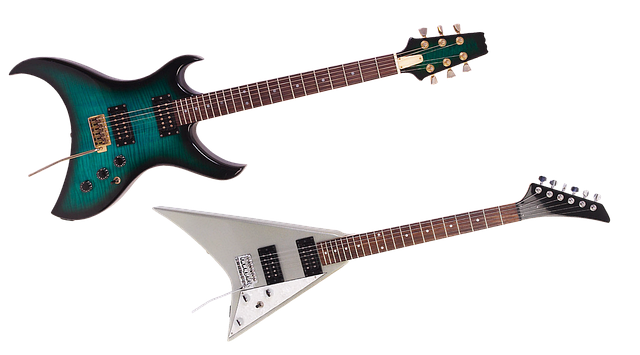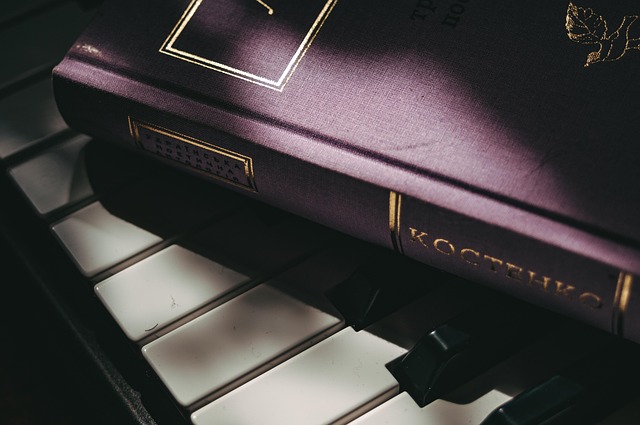In every smoky club, every street corner in the deep South, and every modern festival where people dance until dawn, a rhythm beats in unison: the steady, soulful pulse of the blues. At its core lies a surprisingly simple yet deeply expressive set of harmonic progressions, known as blues chords. These chords form the backbone of countless songs, weaving a narrative that speaks of longing, resilience, and joy. By exploring their structure, history, and cultural impact, we uncover how blues chords have become the heartbeat of music, party, and culture alike.
The Roots of the Blues
The blues emerged in the late 19th and early 20th centuries among African American communities in the Mississippi Delta. Born from the hardships of sharecroppers and the oppressive rhythms of the plantation system, the genre was a raw outlet for emotions. The 12‑bar blues progression—an archetypal sequence of I, IV, and V chords—became the foundation upon which musicians crafted melodies that captured the human condition.
- I chord: establishes the tonal center.
- IV chord: offers a moment of contrast.
- V chord: resolves tension back to the I.
Understanding the 12‑Bar Blues
The 12‑bar blues is not a strict rule but a flexible framework. A typical structure can be broken down into three four‑bar phrases:
- Bar 1‑4: I chord (e.g., A7).
- Bar 5‑8: IV and I chords (e.g., D7 to A7).
- Bar 9‑12: V, IV, I chords (e.g., E7, D7, A7).
Blues chords often incorporate dominant 7th, 9th, or 13th extensions, adding color and tension that invites improvisation. This harmonic richness is what makes the blues so adaptable across genres—whether in a classic acoustic set or a high‑energy electric band.
Blues Chords in the Party Atmosphere
When the lights dim and the music starts, blues chords create an infectious groove that invites everyone to let loose. Their repetitive yet flexible nature encourages musicians to experiment with solos, call‑and‑response patterns, and rhythmic variations. As the chords loop, the audience’s bodies naturally sway, step, or clap in time, turning the room into a living, breathing organism.
“The blues is the kind of music that says, ‘Come and let yourself go.’” – Anonymous club owner
From small jazz bars to large dance festivals, the blues has been a staple in party playlists. Modern DJs remix classic blues progressions with electronic beats, creating hybrid tracks that honor tradition while pushing boundaries. In every case, the backbone remains the same: that unmistakable, resonant sound of blues chords echoing through the crowd.
Blues Chords Across Musical Genres
Though rooted in a specific historical context, blues chords have permeated virtually every modern musical genre. Rock legends like B.B. King, Eric Clapton, and Stevie Ray Vaughan built entire careers on the blues framework, proving its universal appeal. Pop artists incorporate subtle blues progressions in ballads, while hip‑hop producers sample classic blues recordings, marrying soulful melodies with contemporary rhythm.
- Rock: Distorted guitars and powerful solos.
- Jazz: Complex improvisation over standard blues changes.
- Country: Storytelling melodies built on blues harmonies.
- Electronic: Synthesized versions of the 12‑bar structure.
Each adaptation retains the essential character of the blues—expressive tension and release—while adapting to the aesthetic of its genre. This cross‑pollination underscores the enduring nature of blues chords as a musical language.
The Cultural Significance of the Blues
The blues is more than a musical form; it is a cultural artifact that chronicles the African American experience. The music’s themes—struggle, hope, love, and survival—mirror the social realities of its origins. Over time, the blues became a vehicle for political commentary, anthems of civil rights, and a bridge between cultures.
Festivals celebrating the blues serve as cultural touchstones, gathering people from diverse backgrounds to share in a collective memory. These events reinforce community bonds, preserve tradition, and introduce new generations to the soulful language of blues chords. In many ways, the party atmosphere of a blues festival exemplifies how music can transcend boundaries and create shared identity.
Education and Transmission
Learning blues chords has become a rite of passage for musicians worldwide. From informal jam sessions on a porch to formal music education, the teaching of the 12‑bar blues provides a practical framework for understanding harmony and improvisation. Instructors emphasize the importance of feel—timing, phrasing, and emotional expression—over strict theoretical knowledge.
- Start with basic triads and dominant 7ths.
- Practice the 12‑bar progression in multiple keys.
- Explore soloing techniques, such as bending, vibrato, and phrasing.
This hands‑on approach ensures that the essence of blues chords is passed on, preserving the genre’s integrity while allowing for personal interpretation.
Modern Innovations and Future Directions
As technology evolves, so does the way blues chords are produced and experienced. Digital audio workstations enable intricate layering of harmonies, allowing producers to build complex arrangements from simple blues progressions. Virtual reality concerts can transport audiences into immersive blues clubs, where the rhythm of the chords feels physically present.
Despite these advances, the core emotional appeal of blues chords remains unchanged. Whether played on a classic acoustic guitar, a state‑of‑the‑art synthesizer, or through a holographic interface, the music continues to resonate with listeners, proving that the blues is not just a relic but a living, evolving art form.
Conclusion
From the dusty streets of the Mississippi Delta to the neon glow of a modern club, blues chords have charted a journey that transcends time and genre. Their simple yet expressive harmony has become the heartbeat of countless musical styles, parties, and cultural movements. By embracing the blues, musicians and audiences alike tap into a shared human experience—one that celebrates resilience, joy, and the unifying power of music.
Whether you are a seasoned guitarist, a curious newcomer, or someone who simply loves to dance, the call of the blues is ever‑present. Let the chords guide you into a world where every note carries history, every riff invites improvisation, and every heartbeat syncs with the rhythm of the party pulse that is blues culture.




